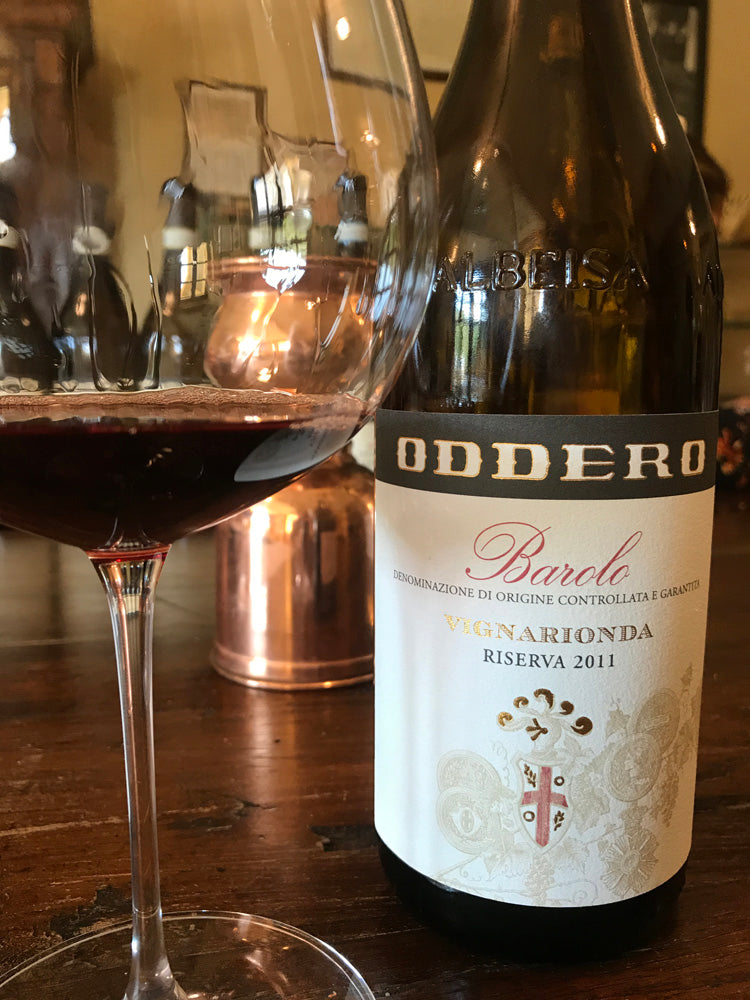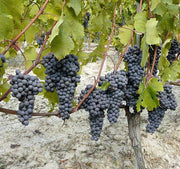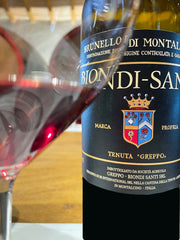From Burgundy to Barolo: A Natural Transition for Connoisseurs

Why Burgundy Lovers Will Feel At Home
For those in love with the elegance and finesse of Burgundy wines, Italy offers a fascinating voyage of discovery: the majestic Barolo from Piedmont. This 'King of Wines' shares surprisingly many similarities with great Burgundies and offers an equally captivating expression of terroir and tradition.
The Essence of Barolo
Just like in Burgundy, everything here revolves around one grape variety: where Burgundy swears by Pinot Noir, Barolo is the domain of the Nebbiolo grape. This authentic grape variety owes its name to the characteristic mist ('nebbia') that hangs over the vineyards in autumn. Just like Pinot Noir, Nebbiolo is known for its sensitivity and ability to perfectly translate terroir into the glass.
The parallels between Burgundy and Barolo are striking:
- Terroir Focus:
Just as every Burgundy vineyard has its own character, so too does Barolo have its 'crus' - each with a unique expression. The famous commune of La Morra, for example, is known for elegance, while Serralunga d'Alba offers power and structure.
Refinement and Elegance:
Both wines share a wonderful combination of power and finesse. Where Burgundy seduces with red fruit and earthy tones, Barolo offers a spectrum of roses, tar, truffle and wild cherries.
- Family domains:
As in Burgundy, these are often small family estates that have been working the same vineyards for generations, with a deep knowledge of every square metre.
Yet Barolo is not a copy of Burgundy, and that is precisely what makes it so interesting
Embracing the Subtle Differences
-Structure:
Barolo often has a bit more grip and tannin in its youth, but over the years it develops the same silky texture that we know from mature Burgundies.
- Maturation:
While many Burgundies peak after 10-15 years, great Barolos can easily age for 20-30 years, becoming increasingly elegant.
The Art of Winemaking: Tradition vs. Modernity
A fascinating aspect of Barolo is the dynamic between traditional and modern vinification methods, a contrast less seen in Burgundy:
Traditional Method
- - Long Maceration: Traditional producers leave the must to macerate on the skins for up to 50-60 days, while in Burgundy this is usually 15-20 days
- - Large Barrels: Use of large 'botti' of Slavonian oak (2000-5000 litres), which give minimal wood influence
- - Oxidative Style: The long maceration and large barrels create a more oxidative style
- - Result: Wines with a lot of structure, pronounced tannins and a great storage capacity
Modern Approach
- - Shorter Maceration: 10-20 days, similar to Burgundy
- - Temperature control: Strict control during fermentation, as in Burgundy
- - Barriques: Use of small French oak barrels (225 litres), similar to Burgundy
- - Result: Fruitier wines that are accessible at a younger age
The 'Third Way'
Many producers today choose a middle path:
- Moderate maceration of 20-30 days
- Combination of large and small barrels
- Focus on fruit and structure
- Preserving typicity with modern precision
Climatic Challenges, different from Burgundy:
- Nebbiolo ripens very late (often mid-October)
- Extreme temperature differences between day and night
- Mist plays a crucial role in ripening
- These factors require specific vinification choices
The Perfect Introduction to Barolo, for those who want to make the switch and go on a journey of discovery:
1. Start with Modern Producers: Winemakers like Vietti or Elio Altare make approachable Barolos that bridge tradition and modernity.
2. Choose the Right Vintage: Start with an approachable year like 2016, 2019 or 2020. These wines combine maturity with elegance.
3. Experiment with Age: Try both young and aged Barolos to experience how the wine evolves.
Serving and Enjoying
To best appreciate a Barolo:
- Temperature: Serve at 16-18°C, slightly cooler than often recommended
- Decanting: Young Barolos need 2-4 hours of air to open up
- Glasses: Use large Burgundy glasses that can collect the delicate aromas
- Dishes: Perfect with truffle dishes, game, and mature cheeses
Investment in Quality
With prices starting at €45 for basic wines up to €200+ for a Cru Barolo', the price level is comparable to premier and grand cru Burgundies. The price-quality ratio is often excellent, especially considering the aging potential.
Conclusion
For the Burgundy lover, Barolo offers a natural and exciting new horizon. It is a wine that pursues the same philosophy of terroir expression and finesse, but does so with its own, unmistakably Italian personality. The journey of discovery from Burgundy to Barolo is one of recognition and surprising new insights - a journey that every wine lover should make.
Easily discover our Barolos - Best Price/Quality or from our Top Selection Barolos.

